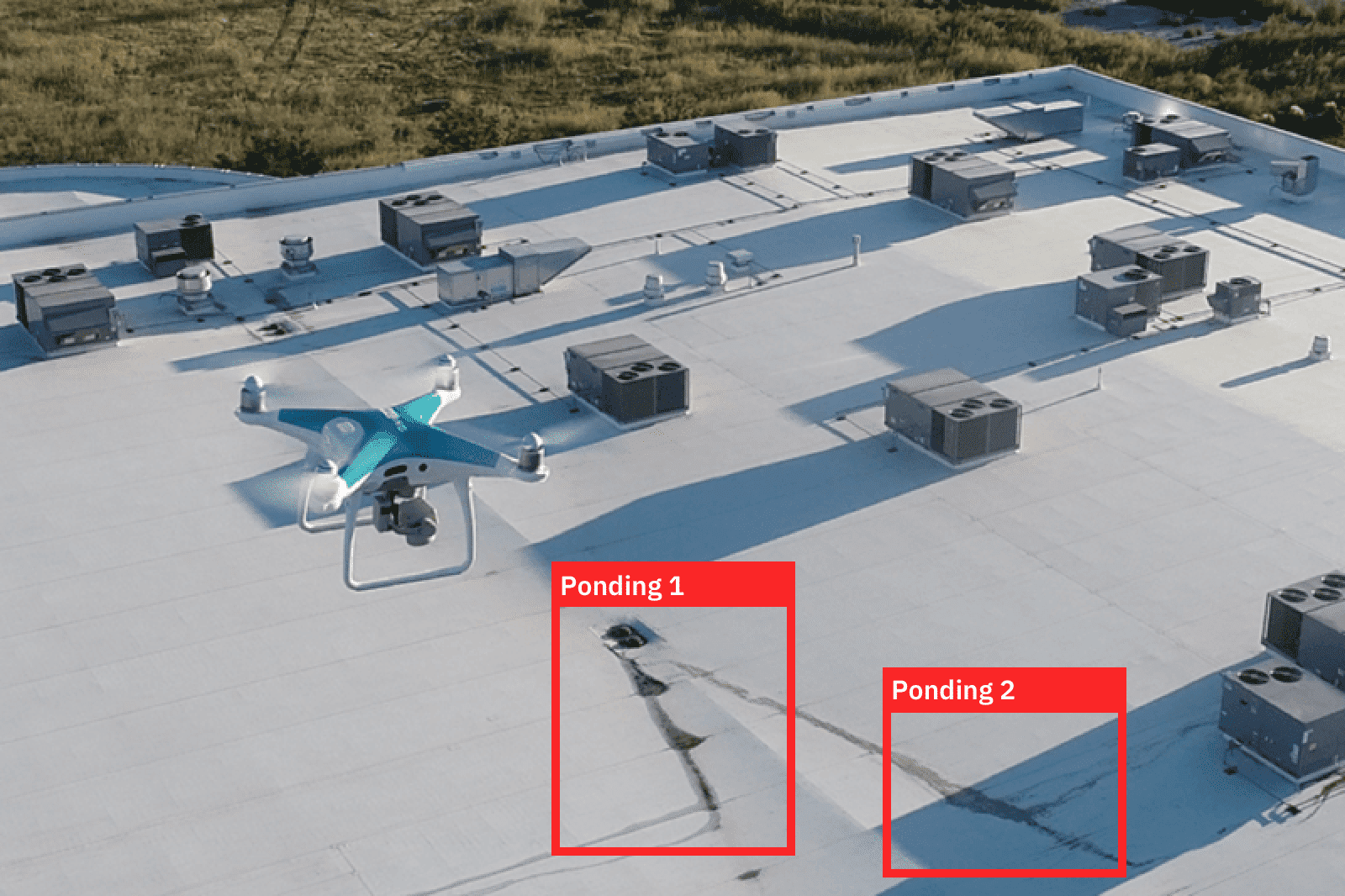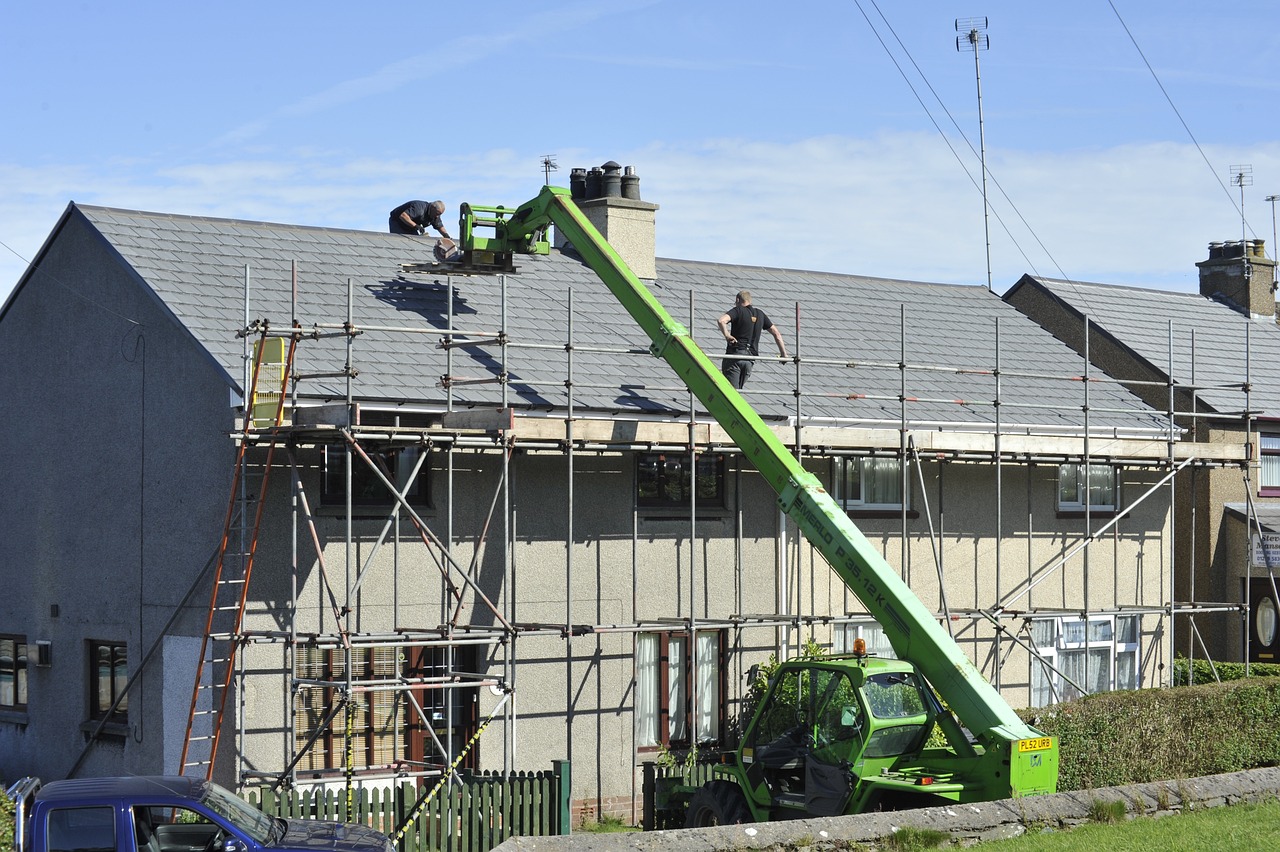Roof inspections just got a lot safer and more efficient with drones! Traditionally, roof inspections required inspectors to climb ladders and use ropes or even harnesses, which can be dangerous and time-consuming. By using a drone, inspectors can avoid these hazards and complete the inspection more quickly and efficiently.

Instead of putting inspectors in dangerous situations, Drones equipped with high-resolution cameras can provide detailed images of roofs, allowing inspectors to identify potential problems such as cracks, leaks, or other types of damage. Plus, drones can capture images from multiple angles, providing a more comprehensive view of the roof’s condition.
Video source: Derek Bouza – Linkedin
The camera footage can be viewed in real-time or recorded for later analysis. In addition, drones can capture images from multiple angles, providing a more comprehensive view of the roof’s condition. Using a drone for roof inspections also reduces costs. With traditional inspections, inspectors must spend a significant amount of time setting up equipment and preparing to climb the roof. Drones can be quickly deployed and don’t require the same level of preparation time, reducing labour costs and inspection time.

Moreover, drone inspections are a non-intrusive method, which is especially important for fragile roofs or heritage sites. By using drones, inspectors can minimise any potential damage to the roof and avoid the need for heavy equipment or personnel to access the roof. Using drones for roof inspections offers numerous benefits, such as improved safety, greater efficiency, lower costs, and more accurate data collection. As technology advances, we can expect to see more widespread use of drones for this purpose.
However, what would make it even better is if the system could integrate real-time defect detection?

Imagine having a drone that not only captures high-resolution images of the roof but can also detect defects as they happen in real-time. This would allow inspectors to quickly identify and address any issues, potentially preventing costly damage or repairs down the road. Having this kind of integrated system would also make the inspection process more efficient, reducing the need for manual review and analysis of footage after the fact. It would allow inspectors to make informed decisions on the spot and address issues as they arise.
In short, while using drones for roof inspections is already a game-changer, the addition of real-time defect detection could take it to the next level.
What to do?
- Subscribe to our Newsletter.
- Follow our pages on social media Facebook, Twitter, Instagram and LinkedIn
- Leave us a comment
- For more information, Contact Us.
- Don’t forget to Check out our other articles.
THANK YOU & HAVE A WONDERFUL DAY!


